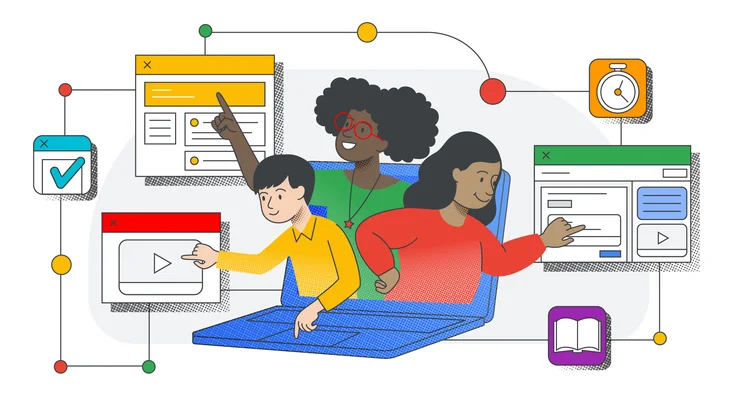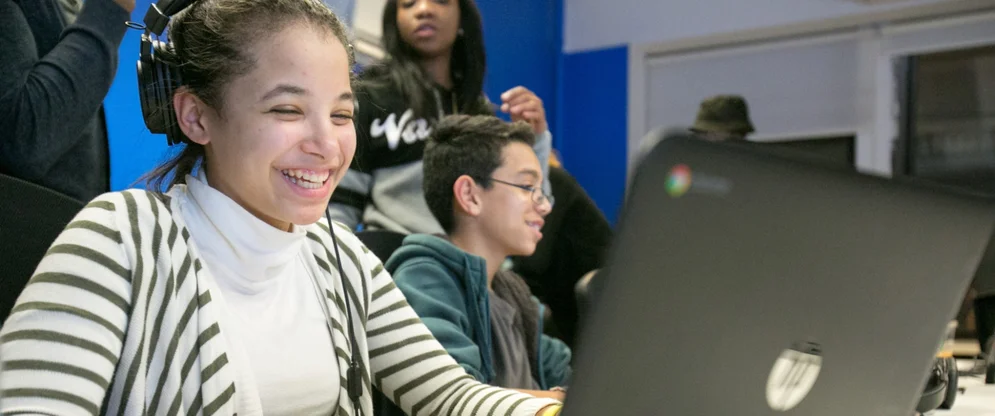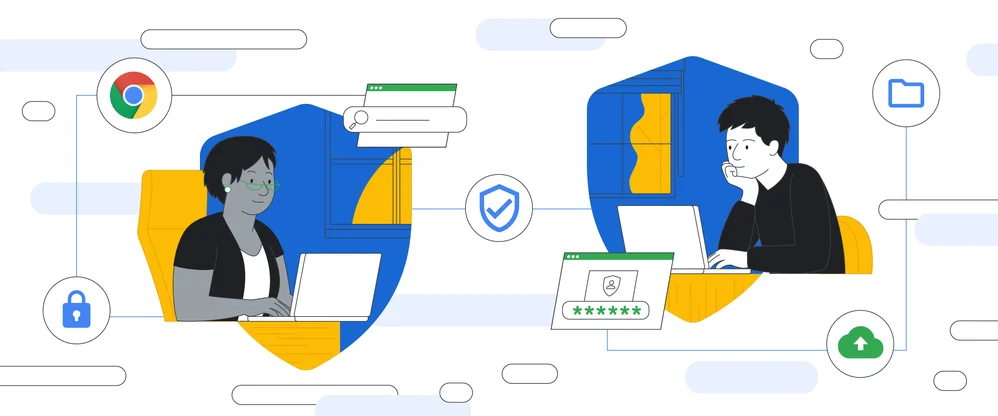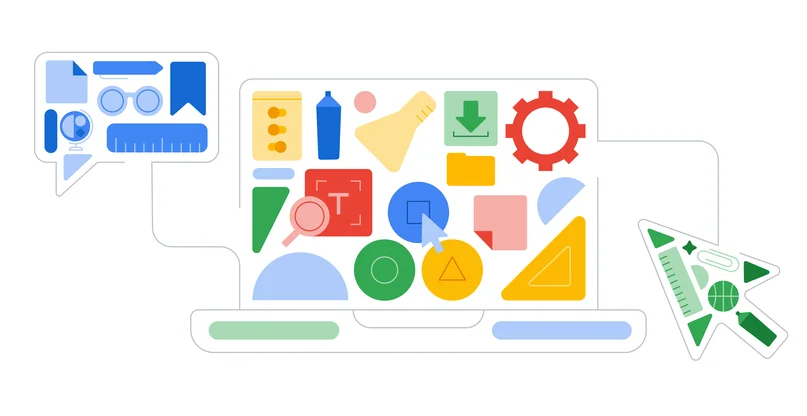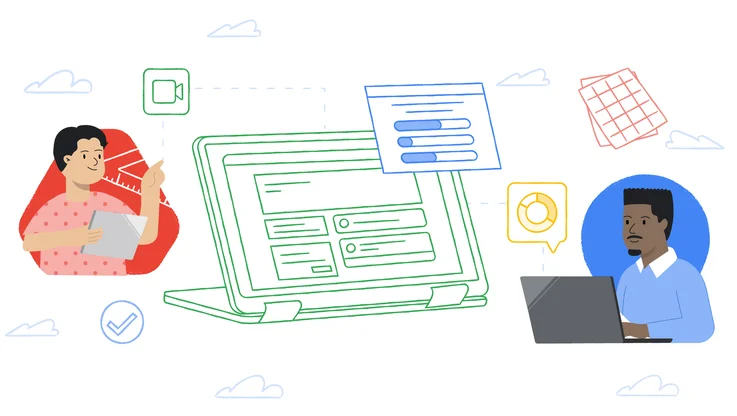4 ways University City School District fosters learning equity
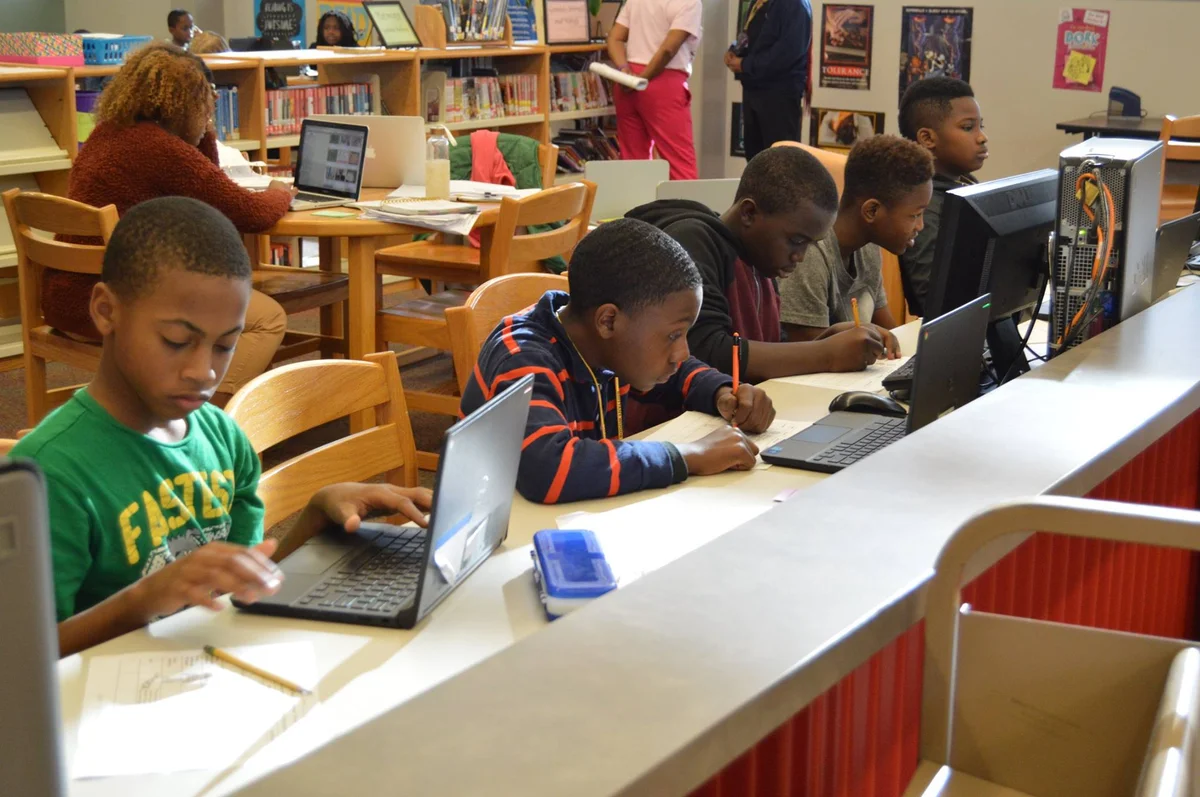
Editor’s note: As part of the ExploreEDU event series, schools are working with Google for Education Premier Partners to throw open their doors and invite neighboring educators to learn from their firsthand experience using Google tools to innovate and improve. To see if there is an event near you, visit the ExploreEDU site. For those who can’t join in person, we’ve asked the host schools to share their experiences and tips in a blog post. Today’s guest author is Robert Dillon, Director of Innovation Learning at University City School District in the St. Louis area. They will host an ExploreEDU event on Dec. 6 with Tierney Brothers.
All students deserve an excellent, engaging education. A big part of our mission at University City School District is to bring rich learning experiences and digital resources to all of our kids, 70 percent of whom are affected by poverty daily. I want to share a few of the ways we’re designing a more equitable learning environment for our students.
1. Igniting positive risk-taking
Taking a new approach to learning requires shifting the mentality of teachers and administrators from compliance and fear to risk and innovation. This starts with senior leadership setting an example, creating a sense of urgency and communicating openly. Our superintendent and principals acknowledge there’s no single formula for creating change, and no one has all the answers; so we need to be willing to fail and to iterate. This culture of experimentation and transparency liberates teachers to try new things, and encourages the team to solve hard problems together. We’ve used Google Classroom as a platform for innovative teachers to gather across buildings to discuss ideas, provide feedback to our education technology solution partners, and decrease any sense of isolation in the district.
Sharing information is key to building trust and energy in the system. We’re constantly talking with other districts, and bringing people together at events like ExploreEDU to break down the walls between educators in our region. We’re also meeting with all of our principals to talk about their moonshot ideas and the resources they might need to realize these changes.
2. Expanding capacity through the community
The district leadership team also harnesses the power of our community by enlisting parents to share their expertise with us. For instance, one student’s parent who previously led a nonprofit organization is helping my team coordinate parent focus groups to test new ideas surrounding learning academies, competency-based learning, and building a greater sense of belonging in our schools.
Other parents get involved by leading student groups: one parent who sees the learning power with teaching robotics leads our middle school robotics club. Other parents who are active in the arts connect us to community organizations and build relationships with their leaders so we make the most of our partnership. This extends our network of teachers and mentors, giving students access to a breadth of knowledge and experience.
3. Improving learning through technology
We’re able to try new approaches to learning because we have the tools to support it; we also recognize that learning comes first. We selected our technology platform to meet specific goals: increasing collaboration and teaching real-world skills. Those goals drove us to choose Google for Education which we’ve used for over six years now to help students, teachers and administrators create and share information. In our fifth grade classes that are learning through robotics class, students use Google Docs to write stories about their experiences building robots. They now have the ability to share their stories with fifth graders across the region who are working on similar projects. The power of storytelling, and its application in the real world, is amplified when students have the tools to reach an audience beyond their class and teacher.
4. Encouraging student choice
A challenge to equity is giving students the flexibility to learn about topics they’re passionate about, in ways that work best for them. In social studies and elective classes in particular, teachers are introducing opportunities for students to choose projects that have local impact. For example, many families in our district live in food deserts, which means they have limited access to affordable, healthy food. One middle school class discussed this problem in the context of race and poverty. They proposed solutions: What if schools served as farmer’s markets, or donated surplus cafeteria food to families in need? It’s inspiring to see students learn by solving problems that are relevant to our community.
Achieving greater equity in learning starts with giving our kids everyday opportunities to close the experience gap. A lot of that has to do with having the attitude, partners, tools and autonomy to make these opportunities real.
